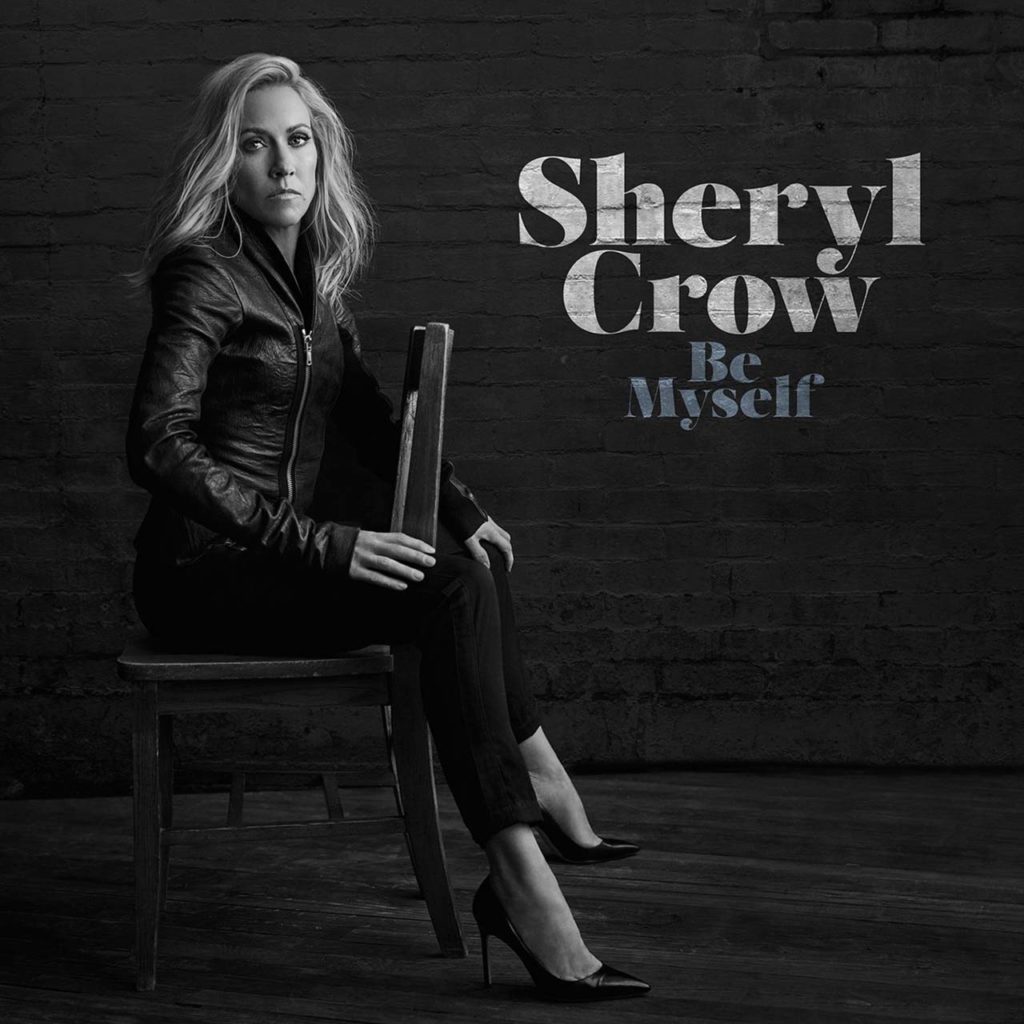embracing her breezy ’90s vibe, but unafraid to reference personal struggles, Sheryl Crow’s ninth studio disc is simply remarkable
by Tia Kim
Most often, musicians earn celebrity honestly, and their tales of hardship and acquired grit hold water. Of course, there are also numerous examples of frauds, from C&C Music Factory replacing its lead singer with a model to Milli Vanilli’s spectacular unveiling as fakes in that same decade, all the way to Ashlee Simpson’s unforgettable lip-synching disaster on Saturday Night Live, there’s an undercurrent of unbelievability at work in the profession, put kindly.
When Sheryl Crow talks about hardship, however, she taps into a deep mine. The singer-songwriter, who got her break as a vocalist on Michael Jackson’s Bad tour in 1987, had one of the biggest discs of the ’90s with Tuesday Night Music Club, which jumped to number two on the Billboard 200 album charts, and sold 5.3 million copies. There have been various well performing efforts since, but her personal life has been a seemingly unrelenting series of challenges, including being diagnosed with breast cancer in late 2005, a witheringly publicized breakup with Lance Armstrong a few months later, then the diagnosis of a brain tumor in 2011.
In her ninth studio album, Be Myself, released on April 21, Crow strikes listeners as being unafraid of referencing life-changing moments. Co-produced by the artist, along with Jeff Trott and Tchad Blake (the first time Blake has helped with a Crow studio album since 1998’s The Globe Sessions), its a departure from the artist’s more country style over the last six years, substituting it for a breezier ’90s vibe, counterpointed by laments on the dangers of new-century society and political polarization. It doesn’t take much divining to find the pain in tracks like “Alone In The Dark,” “Strangers Again,” “Long Way Back,” and the title track, but they are so cleverly disguised with stripped-down beats, and a garage band sense of fun that it’s difficult to notice the disparity.
“There’s sadness in the song,” Crow said of “Long Way Back.” “Sometimes you have to go so far away from who you are to find out what you really believe in,” and added in a Rolling Stone interview that, for the album, “I wanted to get back to how I got started on my second and third records…wanted to revisit that sound and that feeling. It was a complete blast, and the most effortless thing I’ve ever done.”

Sheryl Crow
Xerox Rochester International Jazz Festival
June 29, Kodak Hall at Eastman Theatre
250 East Avenue, Rochester, NY / rochesterjazz.com


